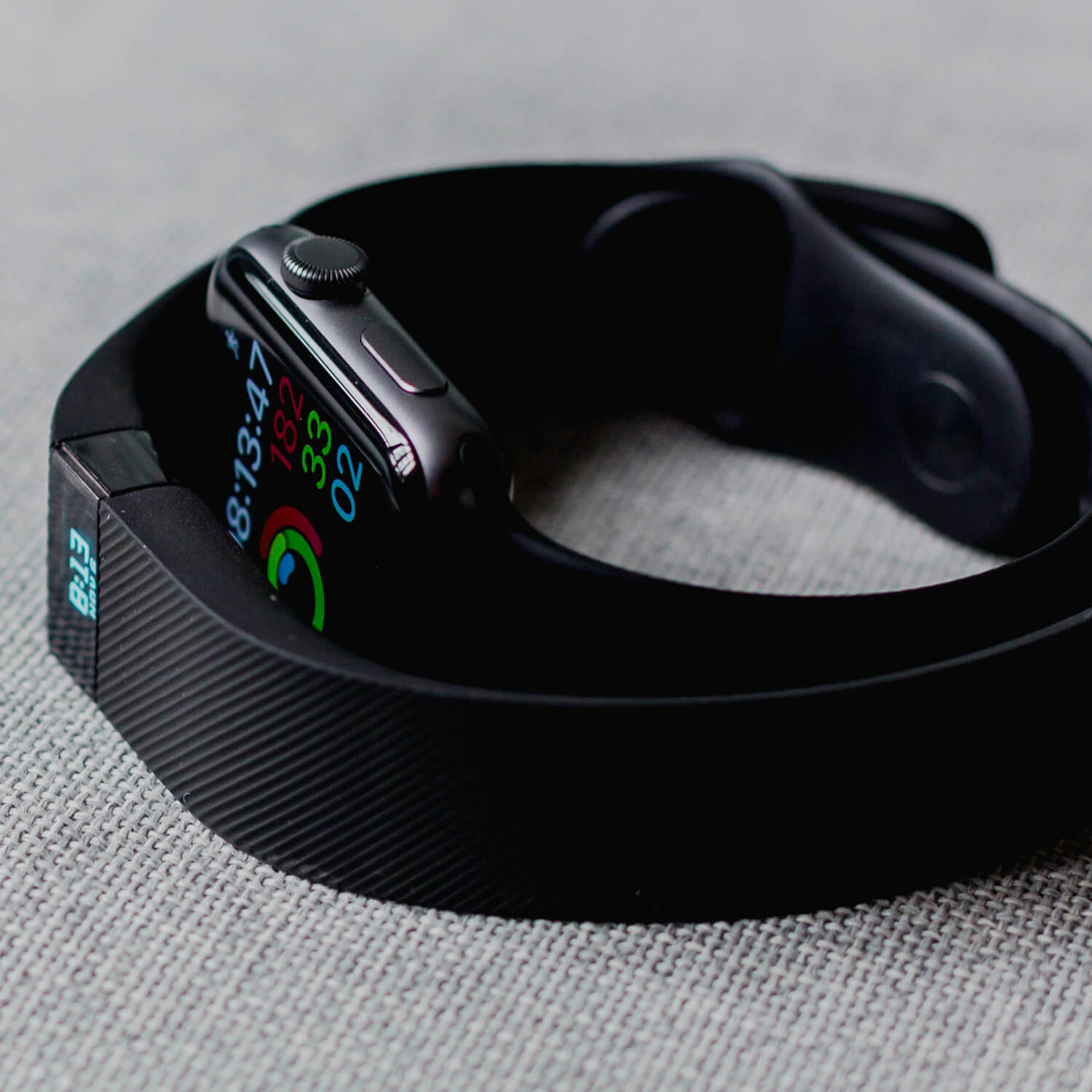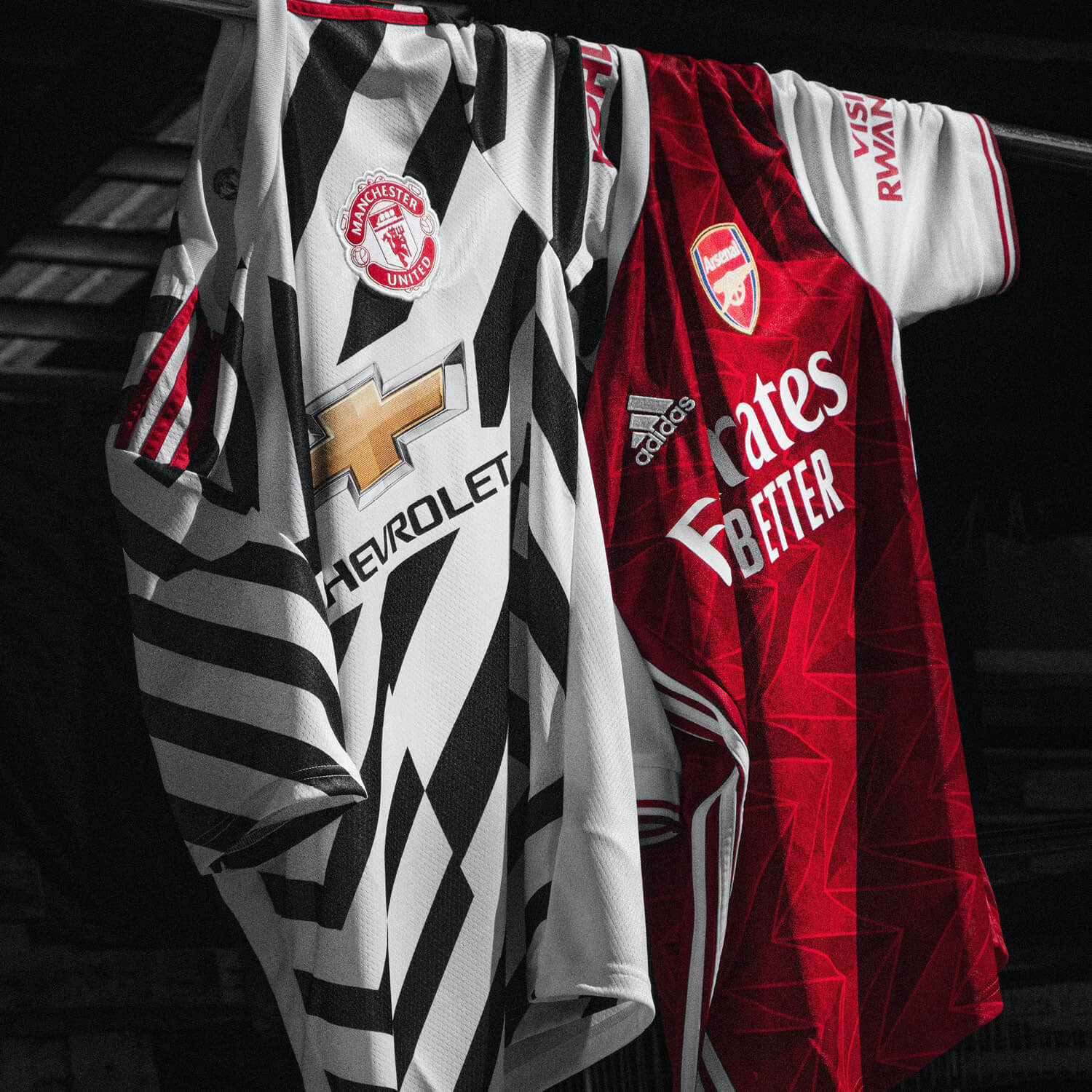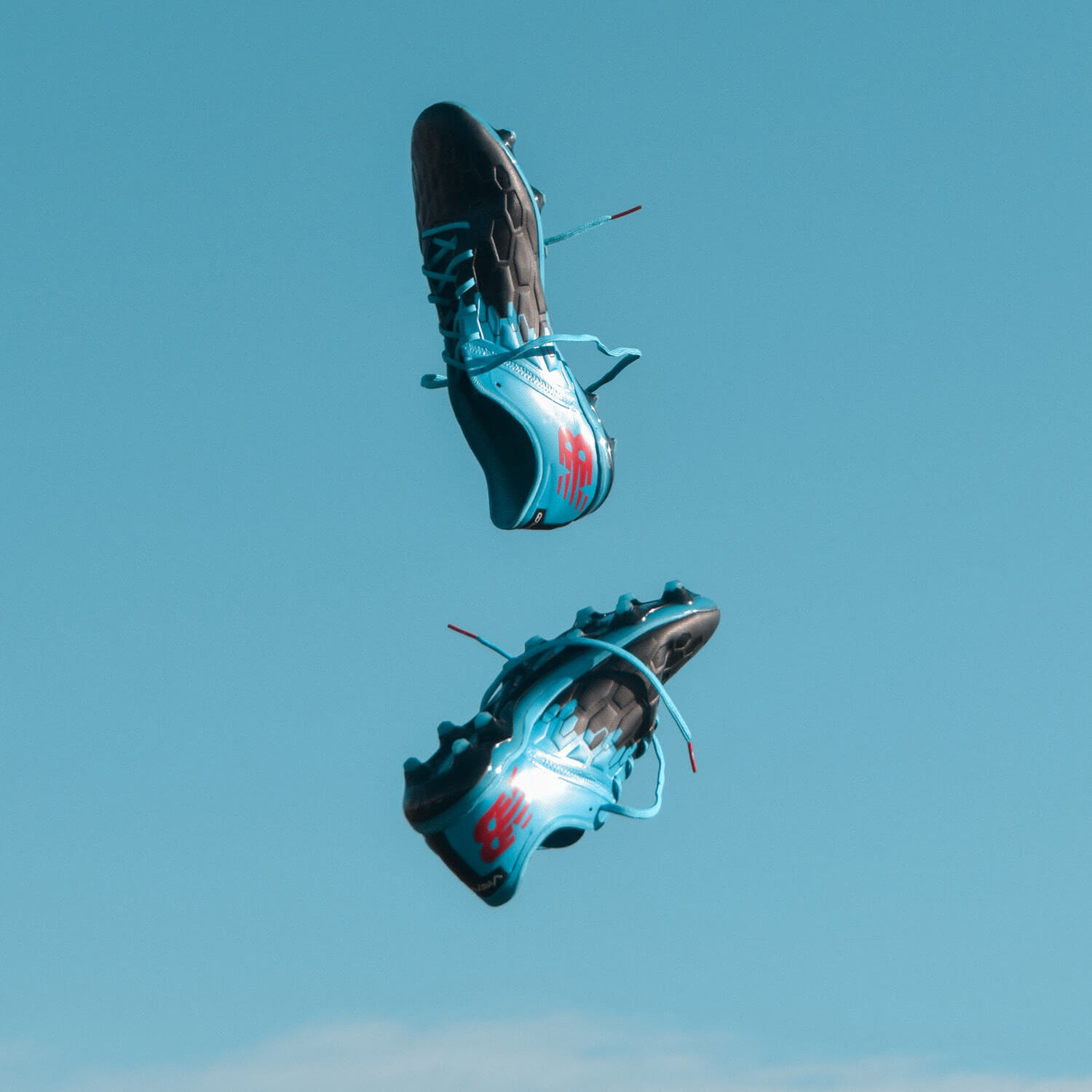2023/24 season: The latest uses of technology in football
1st August 2023
Year on year there’s an uptick in technology adoption as football clubs bid to gain efficiencies both on and off the pitch. Recently, we’ve seen a trend in football clubs seeking our advice in relation to the procurement of the latest uses of technology in football – such as artificial intelligence (AI), blockchain, cryptocurrencies, non-fungible tokens (NFTs) and virtual reality (VR) – as they push the boundaries to gain an advantage over the competition.
In this article, Kyran Clarke and Luke Jackson present a snapshot of the most interesting use cases for these technologies in today’s market and offer a few thoughts for football clubs considering their adoption.

Tech to diminish and hide abusive and offensive content online
As players, managers and fans are subject to more and more racist and discriminatory abuse on social media, clubs and organisations are turning to AI and other technologies to help foster a more positive experience in their online communities.
A great example of this is the Social Media Protection Service (SMPS), created and used by FIFA and FIFPro, which is able to scan over 20 million posts and comments on a multitude of social media platforms, confirming almost 20,000 posts and comments as abusive, discriminatory or threatening, and ultimately reporting those flagged as offensive to the relevant social media platform. The SMPS was coupled with the participating players being offered a moderation software that would instantly hide offensive comments from their social media pages. This moderation software was able to hide from public view almost 300,000 comments.
Similar examples include Bodyguard.ai, Brandbastion, GoBubble and Respondology. All use their own custom AI technology and tools which are linked to players’ and clubs’ social media accounts, searching and hiding harmful words, images and abusive messages to shield them from toxicity; as well as to promote a healthier and more positive experience on the players’ and clubs’ social media pages.
Tech to elevate and enhance ticketing experiences
Don’t write off NFTs just yet; we’re seeing them used by clubs and organisations throughout the sporting world to implement a more personalised, engaging and fresh experience for fans and event goers. Building these NFTs on blockchain also means they offer fans greater security.
Take Arsenal FC’s partnership with Staynex, a next generation vacation membership platform, in a new NFT ticketing project named the Arsenal Journey Pass. This will see the creation of 400 NFTs, split between two categories: “Gooner” and “Legendary”. There are set to be 340 “Gooner” NFTs which will allow the holder to matches at general admission level, as well as a 3-night stay at 4-star accommodation. Sixty “Legendary” NFTs will provide access to box seats to 4 matches, a 3-night stay at 5-star accommodation, as well as a replica shirt. Each holder will be able to choose from 4 matches. The holders of these NFTs will also receive help from holder-only giveaways and utility airdrops; as well as invitations to exclusive events.
This Formula 1 season saw the Monaco Grand Prix in May release NFT race tickets through Platinum Group, a primary ticket provider for Formula 1, which has partnered with Elemint, a blockchain infrastructure corporation. The holders won’t only receive admission to the grand prix, but also hospitality packages, future race discounts, and other post-event benefits.
Tech to raise performance and guard against injury
Over the last 12 months we’ve seen the emergence of a multitude of AI and VR technologies designed to make sure players’ clubs reach the highest possible levels of performance, meanwhile avoiding injuries and increasing availability.
Companies such as Orreco, Smartabase by Fusion and Zone7 boast clients throughout the world, including the English Premier League. Their AI can analyse every player in a squad; measuring their performance levels, outlining their workloads and fatigue. Ultimately, the algorithms can detect those players that are reaching their limit and coming close to sustaining an injury. Analysis obtained from Orreco and its newly-assembled, dozen-member Motion Data Collective, publicised their ability to identify 85% of hamstring injuries with 86% specificity through their new proprietary machine learning algorithms.
Be Your Best Platform, Rezzil and ViPER all use VR training systems to heighten skills and increase consistent performance in areas such as: awareness; decision making; game understanding; position-specific visualisation; and tactical learning. As well as developing these cognitive skills, VR can be used to train individual physical skills, such as heading. The FA has advised that only 10 higher force headers are performed per training week to minimise any long-term risks to a player’s health.
The latest uses of technology in football – Concluding thoughts
These tools may be in their infancy, but the principles that underpin the latest uses of technology in football and their contracting agreements have many parallels with more familiar technology arrangements. Walker Morris’ Technology & Digital team recently issued a white paper reporting on the edge technologies being encountered by in-house legal teams across all sectors.








